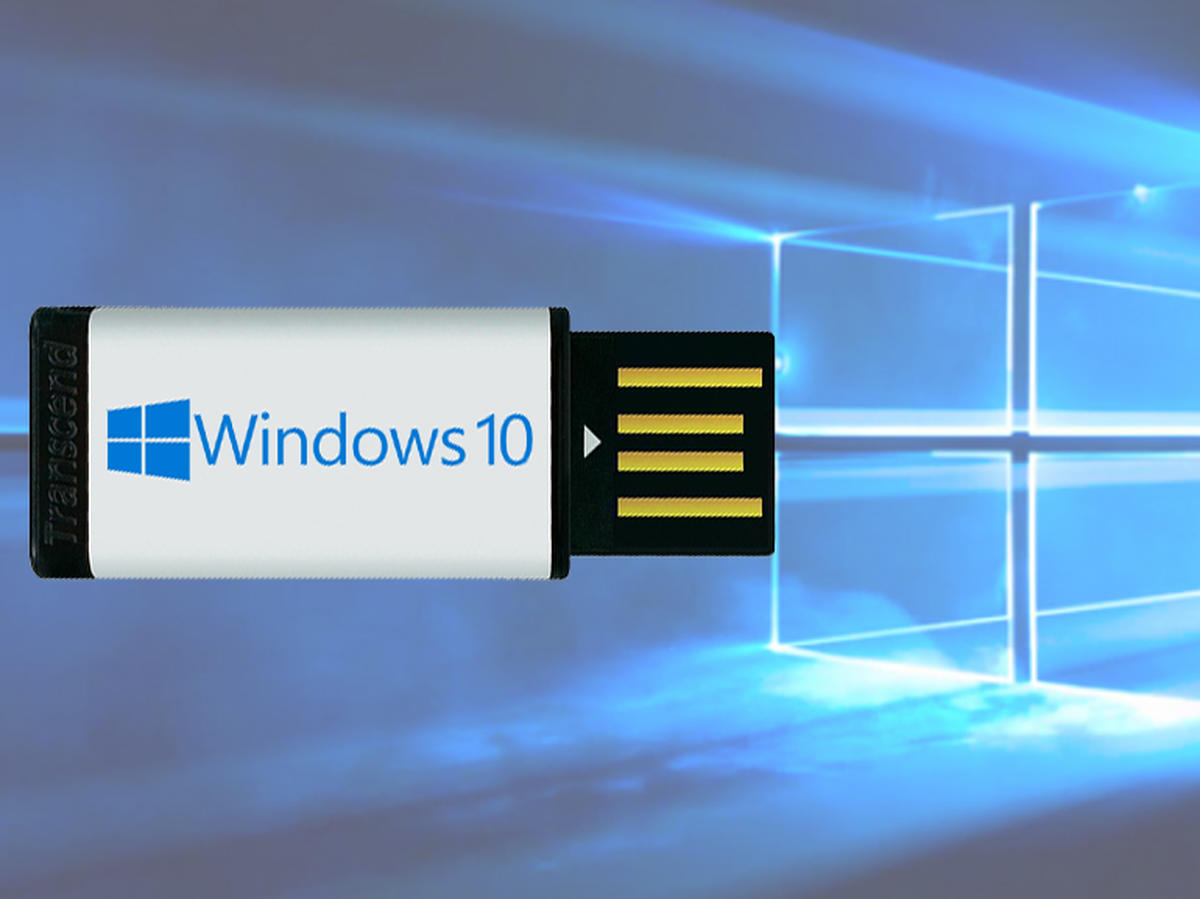

Once you have dd installed, you need to find out the name of your USB drive. It is very important that you use the dd command correctly, as it can overwrite data on your hard drive if used incorrectly. If you are not familiar with dd, it is a low-level utility for copying data. Next, you need to create a bootable USB drive. If you are downloading the ISO from a Linux system, you can use wget or curl. If you are downloading the ISO from within Windows, you can use the Media Creation Tool. You can do this from within Windows or from a Linux system. First, you need to download the Windows 10 ISO from Microsoft. The process is similar on other Linux distributions. The process is a bit more complicated than using a GUI tool, but it is still very easy. It is possible to create a Windows 10 bootable USB on Linux without any third-party software. How to Create A Windows 10 Bootable USB on Ubuntu Method 1: Create bootable Windows 10 USB on Ubuntu using dd Command This can be useful for a variety of purposes, such as installing an operating system on a computer that does not have a CD/DVD drive, or for troubleshooting a computer that is having problems booting from the hard drive. In fact, there are only a few steps that you need to follow in order to create a bootable Windows 10 USB drive on Ubuntu.Ī bootable USB is a USB drive that has been configured to contain a bootable operating system. Luckily, doing this is not as difficult as it may seem. Many people choose to use Ubuntu as their primary operating system, and as a result, it is not uncommon to need to create a bootable USB drive for Windows 10 on Ubuntu. Ubuntu is a free and open source operating system that is popular among many computer users. Method 3: Create bootable Windows 10 USB on Ubuntu using Ventoy.Method 2: Create bootable Windows 10 USB using WoeUSB.

Method 1: Create bootable Windows 10 USB on Ubuntu using dd Command.How to Create A Windows 10 Bootable USB on Ubuntu.


 0 kommentar(er)
0 kommentar(er)
